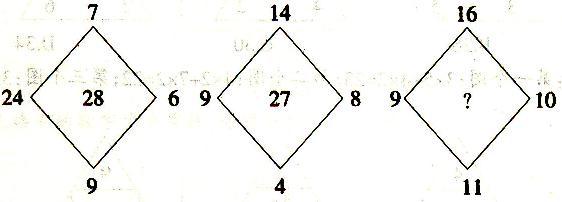Proponents of different jazz styles have always argued that their predecessor's musical style did not include essential characteristics that define jazz as jazz. Thus,1940s swing was belittled by beboppers of the 1950s who were themselves attacked by free jazzers of the 1960s. The neoboppers of the 1980s and 1990s attacked almost everybody else. The titanic figure of Black saxophonist John Coltrane has complicated the arguments made by proponents of styles from bebop through neobop because in his own musical journey he drew from all those styles. His influence on all types of jazz was immeasurable. At the height of his popularity, Coltrane largely abandoned playing bebop, the style that had brought him fame, to explore the outer reaches of jazz.
Coltrane himself probably believed that the only essential characteristic of jazz was improvisation, the one constant in his journey from bebop to open-ended improvisations on modal, Indian, and African melodies. On the other hand, this dogged student and prodigious technician -- who insisted on spending bourns each day practicing scales from theory books -- was never able to jettison completely the influence of bebop, with its fast and elaborate chains of notes and ornaments on melody.
Two stylistic characteristics shaped the way Coltrane played the tenor saxophone: he favored playing fast runs of notes built on a melody, and depended on heavy, regularly accented beats. The first led Coltrane to sheets of sound where he raced faster and faster, pile-driving notes into each other to suggest stacked harmonies. The second meant that his sense of rhythm was almost as close to rock as to bebop.
Three recordings illustrated Coltrane’s energizing explorations. Recording Kind of Blue with Miles Davis, Coltrane found himself outside bop, exploring modal melodies. Here he played surging, lengthy solos built largely around repeated motifs - an organizing principle unlike that of free jazz saxophone player Ornette Coleman, who modulated or altered melodies in his solos. On Giant Steps, Coltrane debuted as leader, introducing his own compositions. Here the sheets of sound, downbeat accents, repetitions, and great speed are part of each solo, and the variety of the shapes of his phrases is unique. Coltrane’s searching explorations produced solid achievement, My Favorite Things was another kind of watershed. Here Coltrane played the soprano saxophone, an instrument seldom used by jazz musicians.
Musically. the results were astounding. With the soprano's piping sound, ideas that had sounded dark and brooding acquired a feeling of giddy fantasy.
When Coltrane began recording for the Impulse! Label, he was still searching. His music became raucous, physical. His influence on rockers was enormous, including Jimi Hendrix, the rock guitarist, who, following Coltrane, raised the extended guitar solo using repeated motifs to a kind of rock art form.[民生银行真题]
The ?primary purpose of the text is to( ).
第一段的倒数第一、二句是全文的中心主旨句,全文就是根据这两句话展开论述的,抓住这两句话就可以找出本题的正确选项为A项。考生在解题时,尤其是破解中心主旨题时,一定要先找出全文的中心主旨句。
根据《中华人民共和国中国人民银行法》的规定,我国货币政策的最终目标是( ),并以此促进经济增长。
箱子里面有红、白两种玻璃球,红球数比白球数的3倍多两个,每次从箱子里取出7个白球、15个红球。如果经过若干次以后,箱子里只剩下3个白球、53个红球,那么,箱子里原有红球比白球多多少个?
将自然数1~100分别写在完全相同的100张卡片上,然后打乱卡片,先后随机取出4张,问这4张先后取出的卡片上的数字呈增序的几率是多少?()

对于债券利率的风险结构,描述正确的有( )。
市场经济体制下,财政具有的职能有( )。
( )决定着生产关系。
左边给定的是纸盒的外表面,下列哪一项能由它折叠而成?( )

货币制度最基本的内容是规定( )。
如果一国货币汇率上升,即对外升值,就可能会导致( )。

()